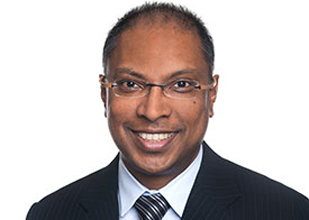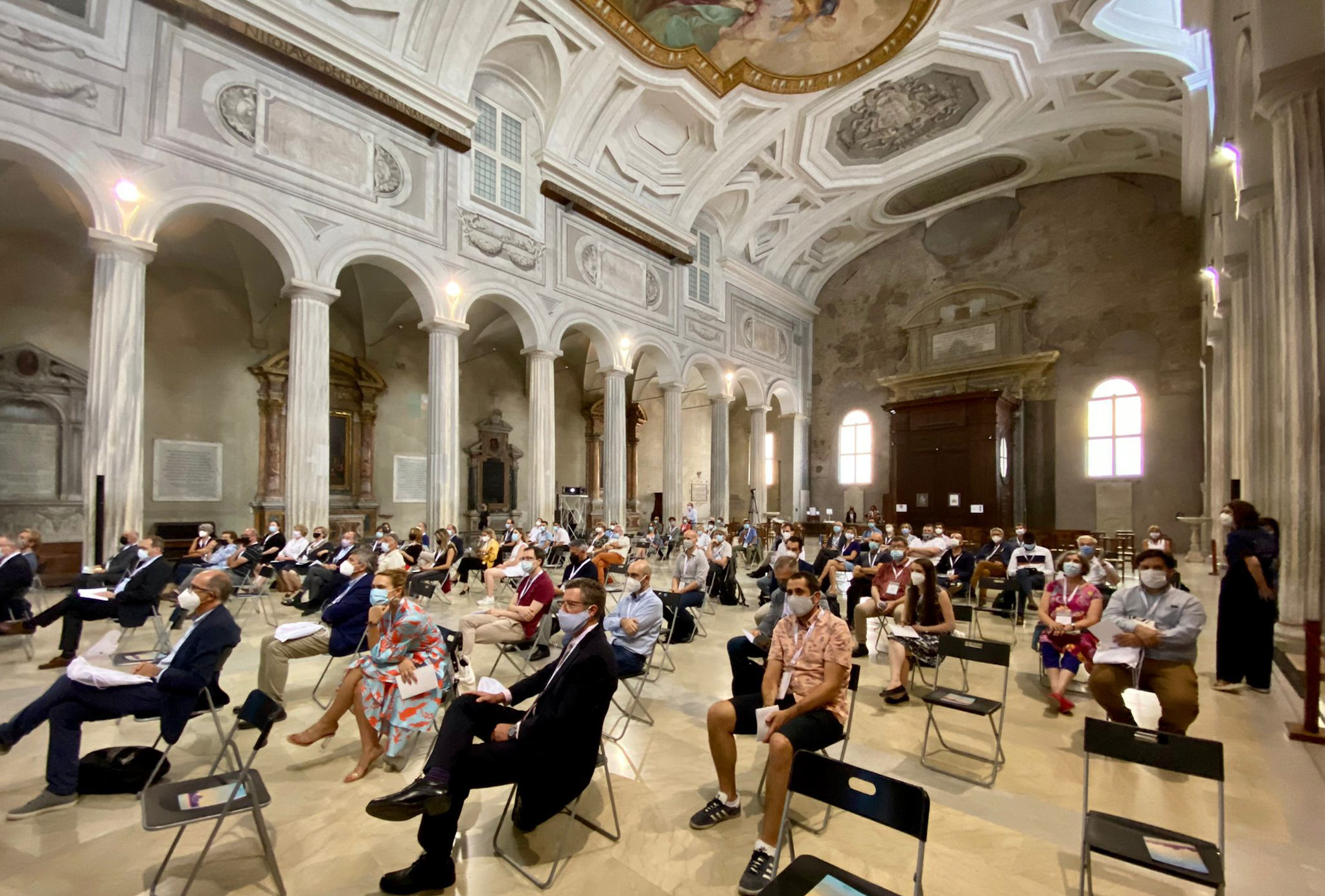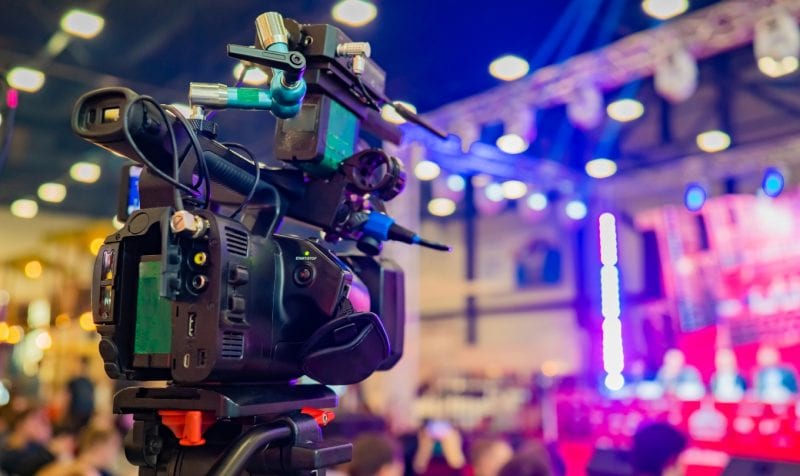A good designer incorporates all aspects of the event into their design.
All too often, venues are chosen on the basis of price, before committees have the chance to set a theme, only then do they think about design.
However, the rule of thumb is that good event design begins with the event inception, before any choices are made.

Here are a few things to think about when designing an event:
• Goals and Objectives
Every event has a purpose and has at least one goal. Sometimes, it can be as simple as celebrating a life and having a good time. At other times, it can be more complex, such as raising awareness for a company or product, or motivating employees and creating camaraderie. Start with determining the goals and objectives of the event to determine how success or failure will be measured.
• The Investment
I prefer the term “investment allocation” to the word “budget”. Investment allocation conjures images of return on investment, whereas the word budget sounds like money spent. Find out what the investment is. Virtually every decision made will be influenced by the bottom line and how it will be paid for. If budget is limited, look for creative alternatives like sponsorship or partnering with other events to create more value.
• Management
Look at all the resources available and the restrictions. There is no point exploring the possibilities of a big backdrop if you only have a two-hour set-up time. Design your management structure so each section knows what their roles and responsibilities are. Know who will be responsible for each section of the event from the F&B to the entertainment.
• Food and beverage
Make sure the design incorporates F&B. If the styling is contemporary, work with the chef to create a modern menu. If you are doing an all-Asian design, serve all-Asian cuisine. If the event is a cocktail with limited seating, ensure the menu is easy to eat with one hand (all bite size). There is nothing worse than trying to juggle a plate, a fork and a wine glass while trying to talk to someone.
• The décor
Make sure that the décor reflects the theme and is homogenous with the rest of the event. If the budget is very tight, then choose a venue that reflects the theme already so that less dressing is needed. Should the venue be pre-chosen, use a colour scheme and décor that will work with the existing space. It is always better to work with the big ugly chandelier than make it stick out even more by having everything contrast with it.
• Risk management
Ensure the safety of your guests. You are responsible. All your linens should be non-flammable or fire-proofed. Any hanging décor should be rigged properly. Nothing kills the mood of a party like an accident. Make sure you do a complete risk assessment before guests arrive. Do a walkthrough to check for safety and make sure the standards you set are in place.
• The biggest design tip of all…
Imagine the event from the guests’ perspective. Imagine the whole event – from the initial touchpoint when the guest receives the invitation to the day when the guest departs for the event. Are they driving? If so, where do they park? What is the arrival like? Who greets them? Is there signage? What sort of feeling do they have? Do they know the other guests?
Go through the entire event from the perspective of a guest. Ask: what would they hear? What would they see? How would they feel? How would you influence their senses to achieve your goals?
This is where the true creative side of the designer comes into play to create a truly fabulous event.
Robert Rogers CSEP (Certified Special Event Professional) is an event designer and lecturer on special-event topics. You can contact him through his website at www.eventsman.com


